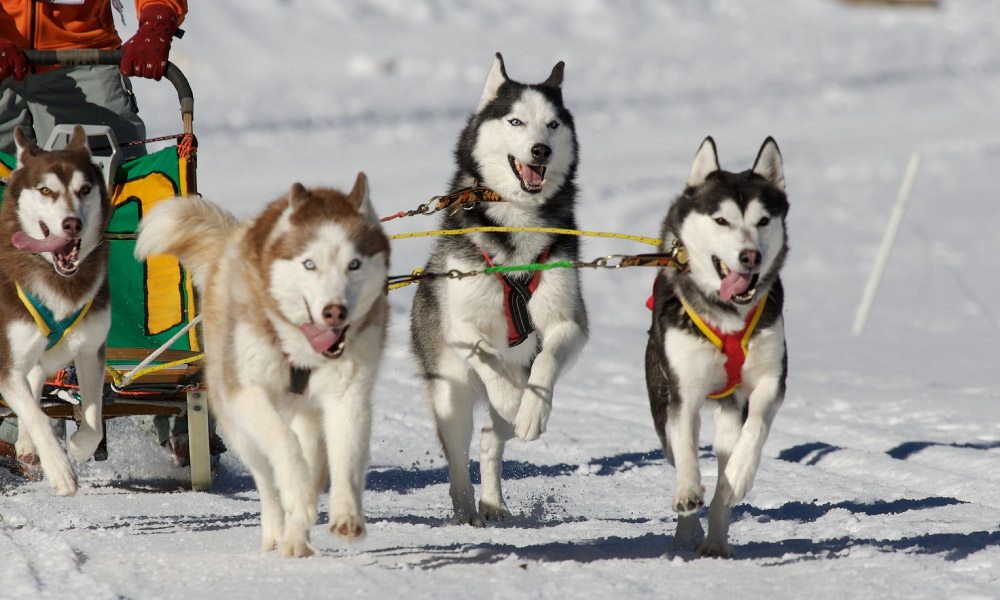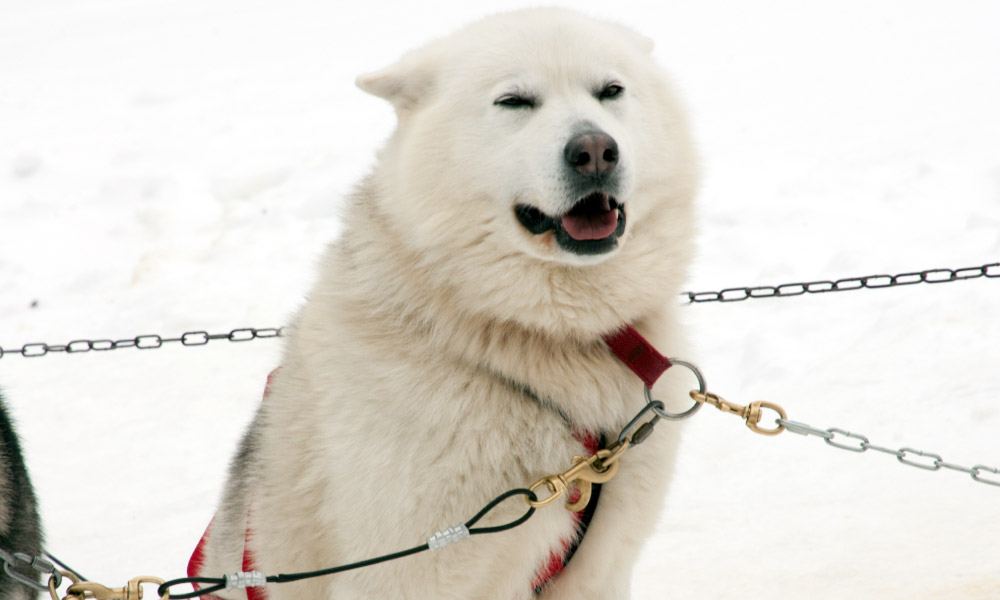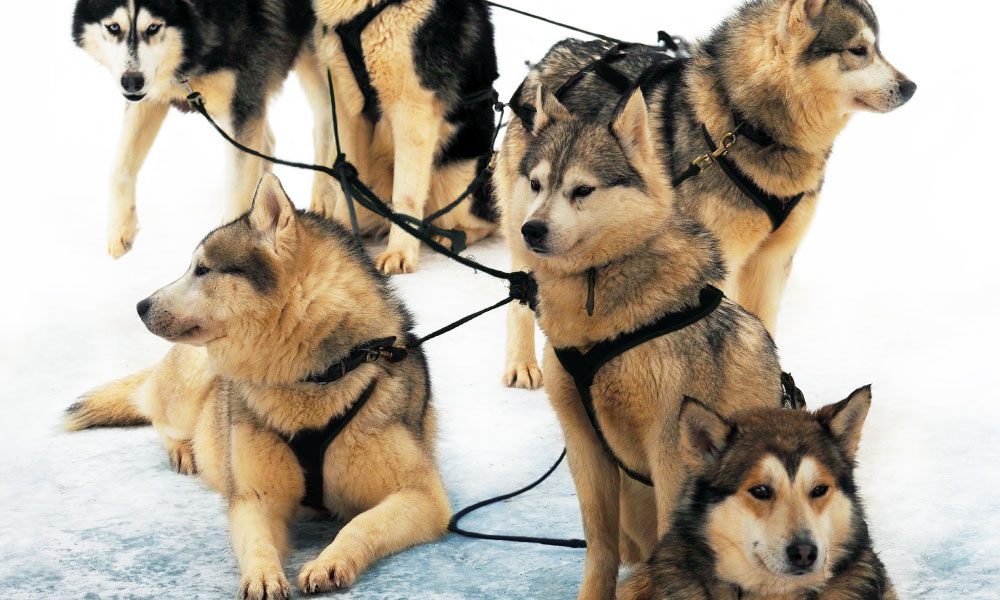
Clarity
Clarity of communication and communication strategy are critical elements in dog sledding. In the Parable of the Musher, the CEO reaches a point in his dog sledding experience where the team must traverse a steep hill:
“What I witnessed on my dog sled excursion was a collection of animals that functioned like a team. It was a team because these animals had a common goal and understood their jobs. Since I was standing on the sled at the back of the team, it was evident to me that my input, or leadership, was needed in a very different way. I guided the sled by suggesting small corrections to the left or right. When we went up hills and began to slow down, the dogs began to look over their shoulders. I asked my instructor, who was riding in the sled, why they were doing that. He said they wanted me to get off and help to push the sled up the hill!”
As a Musher, you really can’t change your communication strategy, especially in the middle of the race. You’ve got the wind blowing; you may have precipitation; there may be other distractions. The communications between the Musher and the team need to be set almost along the lines of pre-agreed upon pathways. And they need to be distinctive and concise, predictable, unambiguous and appropriate in their timing.
The dogs are taught to key off certain communications and the physical handling of the sled by the Musher. If the team is working well and the Musher is working well with the team, the team should actually begin to anticipate instructions and commands. And they might even look at you and say, “you really ought to be going left here boss! You really should go left here boss! “
If the incline is too steep and the sled is too heavy, the dogs are looking over their shoulders as if to say, “get your rear end off the sled and push!” I think it gets to the point where they’re also saying, “the track is running distinctly left here. Wouldn’t it be nice if we had a left hand communication? Unless we’re supposed to go right. And then you better tell us right now when we’re supposed to go right, not left. “
What is apparent (and also described in the Parable of the Musher) is the dependence of the team on the Leader to provide the necessary guidance, structure and direction that enables them to execute the organization’s strategy. The management team is collectively “looking over their shoulder” to see how and what the CEO is doing to direct that strategy. But they are also looking for communication which validates their own observations and instincts. This is where “leading from the rear” requires that the CEO be open to, if not anticipating real-time feedback from the team. In fact, s/he should welcome it, as course corrections should be an expected. Further, distinct voids in communications are as damaging to the CEO’s credibility as much as mis-communication. People want to hear from the CEO.
So clarity of communications – predictability, being timely and unambiguous – is critical to the interactions between the CEO and the team.
New? Start here.
Stay in the Know
Sign-up to get our latest articles delivered right to your Inbox.
"*" indicates required fields




It resonated with me that although the CEO leads, the dogs should be able to make constructive comments and suggestions about the direction to take. It seems that in some corporations, there is an inherent fear of challenging the leaders decision in case it is considered a career limiting move. It’s my belief that successful CEOs are those who welcome suggestions, ideas and challenges from the team on the direction to be taken, even if in the end they are not accepted. Open communication upward and downward is the key.
Jean, thanks for your thoughtful comment: you totally get it! I believe that fear (fear of appearing uncertain, of being uninformed, etc) causes the resistance of a CEO or senior executive to open communications. I know that fearlessness is easier than it sounds — in the dog sled metaphor, Musher’s are human and dogs are, well, dogs! So the Musher is typically not intimidated by the dogs, not concerned about appearances — not typically so in human to human interactions. However, the metaphor is instructive in that the Musher wants to win, and win safely, and communications are the key to that success. The Musher works diligently to be an effective communicator and, equally, knows that his or her personal success is entirely dependent upon the success of team. Inextricably linked. We’d all be better managers if we thought about management the same way. DAF